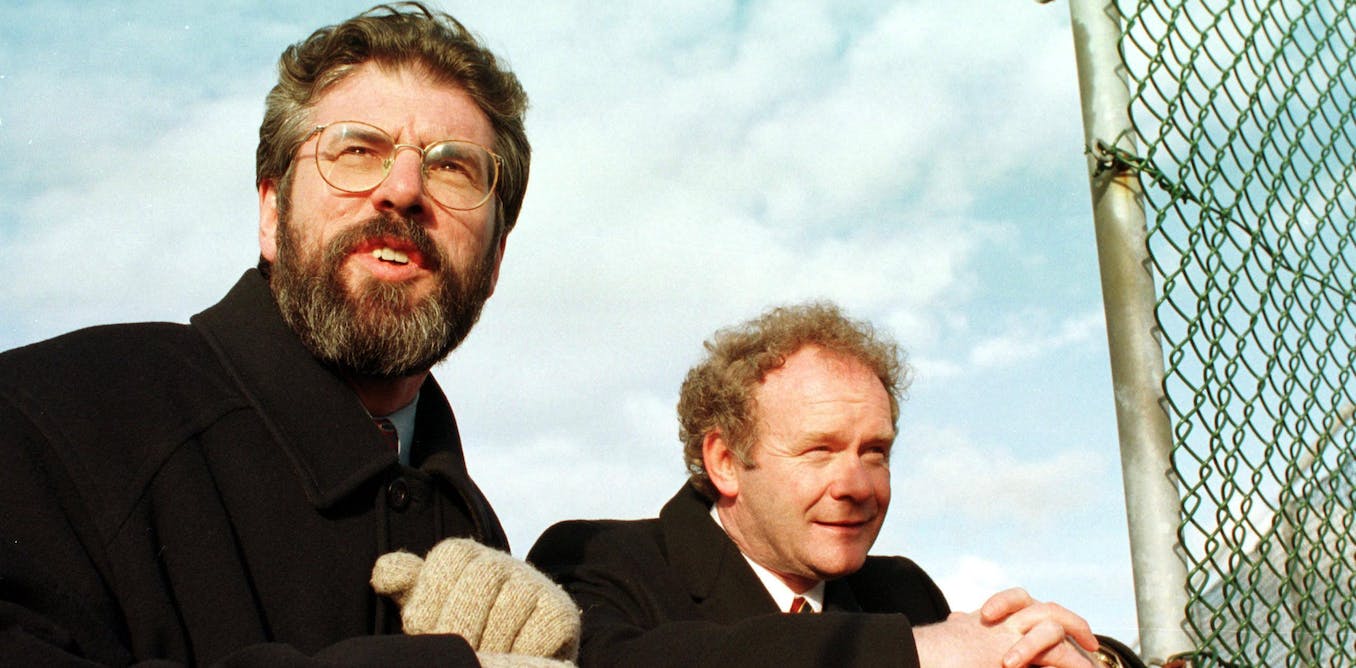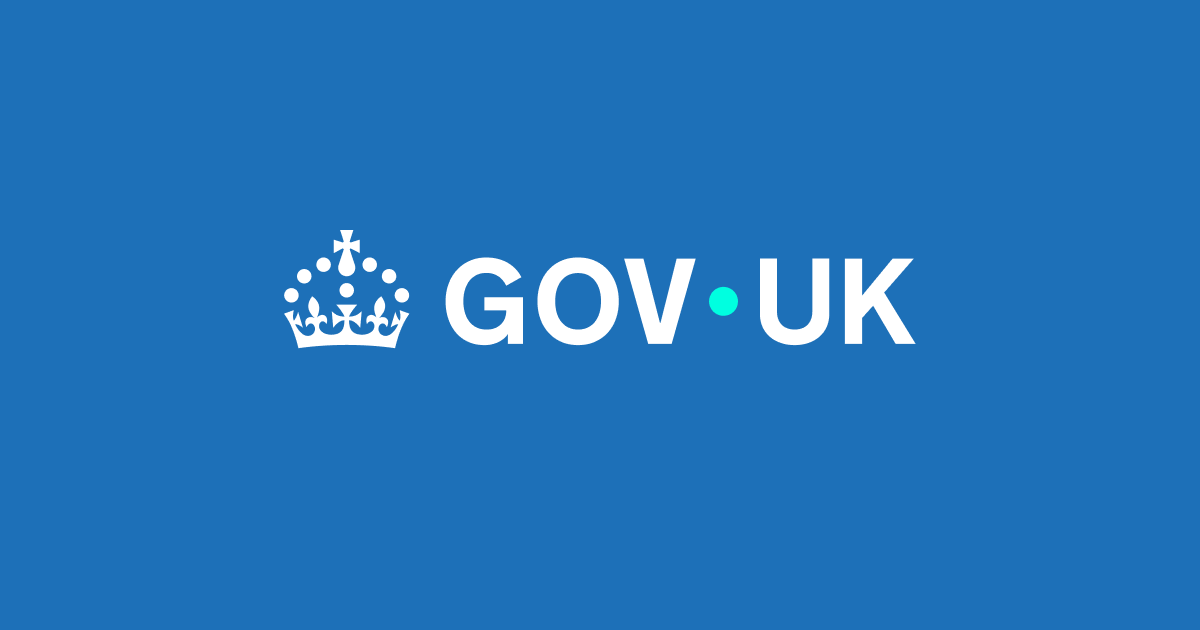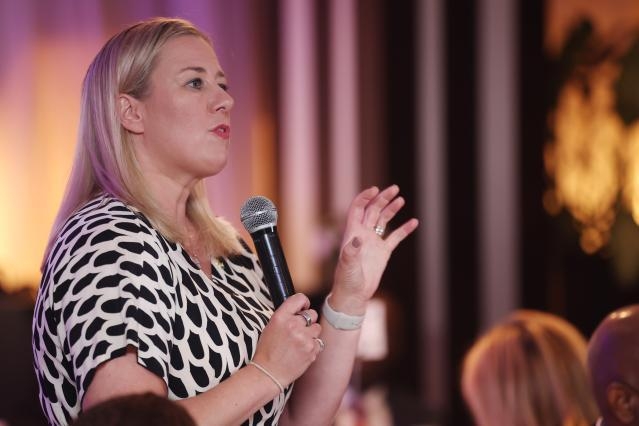In February 1990, in the midst of the Troubles, Sinn Féin’s Martin McGuinness publicly invited the British government to reopen a back-channel used during previous phases of contact with the IRA in the 1970s and during the 1981 hunger strike.
If [the British government] think there is something to be lost by stating publicly how flexible they would be, or how imaginative, we are saying they should tell us privately … there is an avenue which they are aware of whereby they can make what imaginative steps they are thinking about known to the Republican movement.
It was a crucial early step on the road to the Good Friday Agreement.
The British government, acting in conditions of the greatest secrecy, took McGuinness up on his offer the following year. An MI5 officer who went by the name Robert McLaren liaised with intermediary Brendan Duddy, a Derry businessman who had played this role on several occasions since 1972. The aim was an IRA ceasefire followed by political negotiations. On the British side only prime minister John Major and a handful of senior officials knew of the initiative. Duddy told me in 2009: “the very moment Robert appeared, the very second he appeared, I knew: the British government don’t send Robert to me unless they want to do business.”
The prospect of a negotiated end to the IRA campaign had first been explored more than a quarter century earlier. In June 1972, William Whitelaw, the British secretary of state for Northern Ireland, told his cabinet colleagues that, after three years of conflict and almost 400 deaths, “it was inescapable that some understanding would have to be reached with the ‘Provisional’ IRA; no solution seemed possible unless their point of view were represented.”
But although Whitelaw met secretly with IRA leaders in London in 1972 and Labour PM Harold Wilson sanctioned secret talks again in 1975, for most of the 30 years of conflict, orthodox thinking held that the IRA and the political party associated with them, Sinn Féin, would never compromise and that any settlement would have to exclude them.
Perhaps the biggest stumbling block was the Republicans’ central ideological demand – that the British government “acknowledge the right of the Irish people to determine their own future without let or hindrance.”
But as early as 1972 British officials considered whether it might be possible to accommodate them. After Whitelaw’s meeting with the IRA a senior civil servant noted that “the formula of the IRA was very close to the position of Mr Lynch [the Irish prime minister], that the future of Ireland should be decided by the people of Ireland as a whole.”
The question, though, was how this could be squared with the principle that Ireland could only be reunited if a majority in Northern Ireland agreed. In the 1990s a way would finally be found to do it.
Secret talks
The secret contacts that started in 1991 culminated in an IRA ceasefire offer made through the back-channel in early 1993. But the British government didn’t respond by agreeing to talks, as the Republicans had expected they would. After a period of recrimination the back-channel fell into disuse and was then dramatically revealed by the Observer newspaper in November 1993. Ironically, this exposure helped to accelerate movement towards a compromise peace settlement.
Speaking in 2020, not long before his death, John Chilcot, permanent under-secretary in the Northern Ireland Office in the 1990s and perhaps the single most important driver of the peace process on the British side, told me of the sense of deep uncertainty created by the revelation of the back-channel, and the subsequent sense of relief:
The whole thing came to a head I think on the Monday after the Observer revelations … it wasn’t known whether the House of Commons would call for [secretary of state Patrick Mayhew’s] head on a platter and possibly John Major’s as well, instead of which the reverse happened. The whole of the House of Commons, or all of it that mattered, rose up to say ‘thank God. This is the right thing to be doing’ … my heart was in my mouth that Monday, same as Patrick Mayhew’s. I was in the House of Commons, in the official box and it was a wonderful moment actually.
Chilcot felt a sense “of immense relief and coupled with, I think, something more positive, elation really, that it really looked as though the thing was going to take wing and who knows, succeed. It took a long time after that, but nonetheless, that was a turning point.”
Within weeks the British and Irish governments had issued the Downing Street Declaration. It included a British acknowledgement, for the first time, of a right to Irish self-determination, albeit one that was heavily qualified and subject to the agreement of a majority in Northern Ireland/
In August 1994, the IRA finally announced an end to its campaign. There were further twists and turns before the Good Friday Agreement, including a return to IRA violence in 1996 before they finally ended their campaign in July 1997.
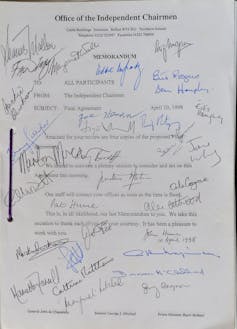
Alamy
Nine months later, on April 10 1998, the Belfast Agreement – or Good Friday Agreement as it became popularly known – was signed after intensive talks chaired by US special envoy George Mitchell. The settlement guaranteed a place in government to all parties that enjoyed significant electoral support, including Sinn Féin. It opened the way to conflict resolution measures aimed at bedding down the peace – including police reform, the removal of troops from the streets, and the early release of paramilitary prisoners. The text on self-determination from the Downing Street Declaration, with a few embellishments, was incorporated word for word into the Good Friday Agreement and endorsed by all of the parties to the Agreement.
Going official
The 1998 agreement was the achievement of the British and Irish governments, of all the political parties in Northern Ireland (with the exception of the DUP), and of external actors such as the then US president, Bill Clinton. But the ending of the IRA’s armed campaign was a prerequisite for the inclusive negotiations that produced the agreement. And ending the IRA campaign had required engagement between the British government and the IRA. As Chilcot told me in a 2010 interview: “Ultimately … the basic players in this game are the British government and the republican movement.”
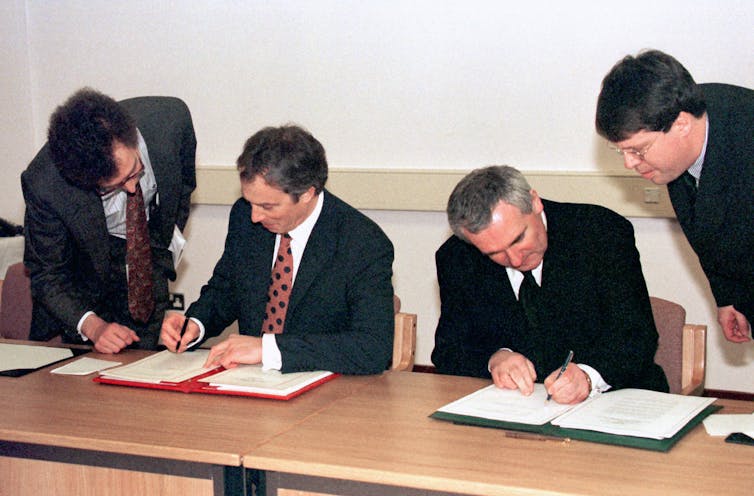
Alamy
The back-channel may have collapsed in public acrimony in late 1993, but it had helped to establish the foundations for the agreement that followed. The argument within the IRA for a ceasefire to facilitate talks had been won. The argument within the British state for a negotiated settlement that included Republicans had been significantly advanced. This was no trivial achievement at a time when powerful forces in the British state continued to oppose contact.
The back-channel made it possible for both sides to nurture trust and understanding. They learned about the constraints within which the other party was operating and gradually became willing to make the moves and concessions that would allow the other party to move in turn.
It was through the back-channel that the British government and Sinn Féin began to build a new and less conflictual relationship. This was crucial to the ending of violent conflict.

